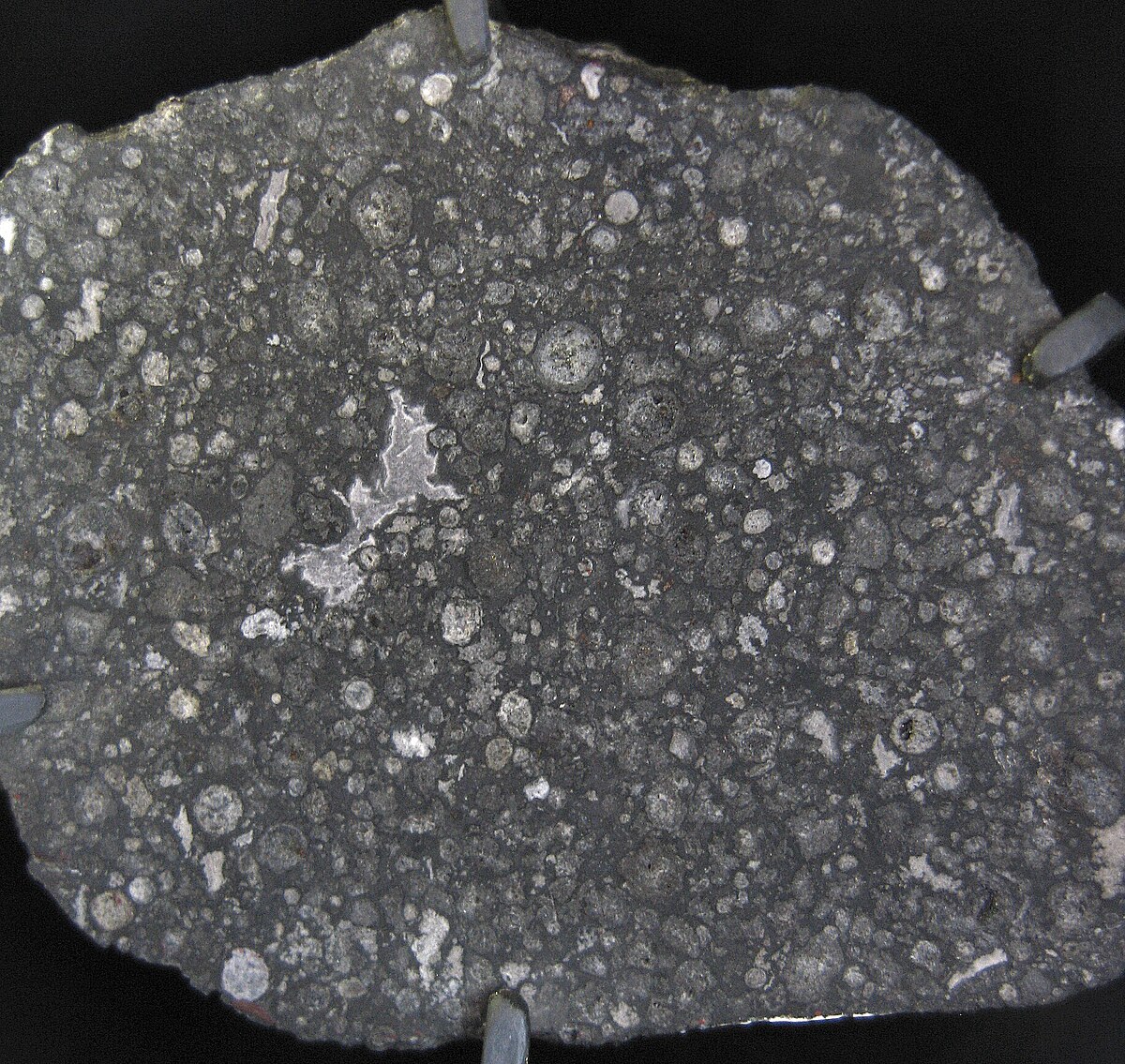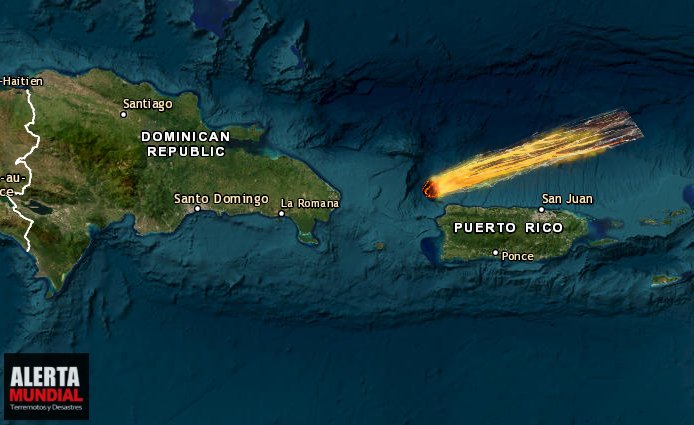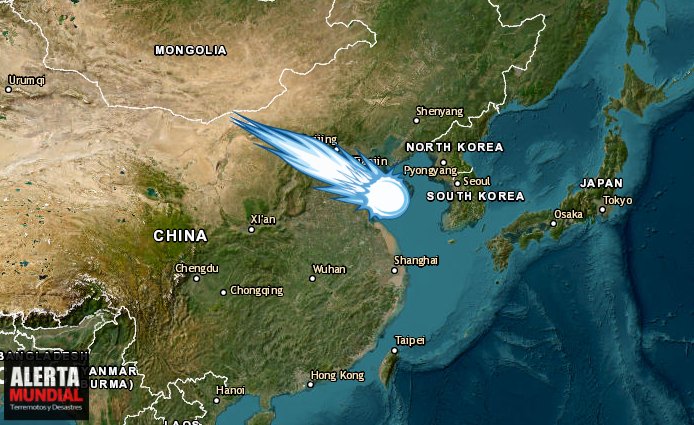You are using an out of date browser. It may not display this or other websites correctly.
You should upgrade or use an alternative browser.
You should upgrade or use an alternative browser.
Near-Earth objects and close calls
- Thread starter Gawan
- Start date
Velikovsky relates itGolden showers
The carbonaceous chondrites are primitive, relatively undifferentiated matter from which the other meteoritic types have evolved (Mason, 1962; Baedecker and Ehmann, 1965). The occurrence of gold in such primitive types may be of special interest. The average gold content for 13 carbonaceous chondrites is 0.16 ppm, an amount greater than that in the aver- age terrestrial rock by a ratio of about 40 to 1.
Gold-bearing gravel—with ingots in it—originated from outside of the Earth and, if we should look upon the Greek legend of Zeus and the golden rain in Rhodes as containing revealing elements, then the ingots came from Jupiter.(3) It could be meteoric gold, and as to the origin the ancients could err; but the event happened in human memory, actually during the Early Bronze Age, or at its end.(4)

Danaë with Nursemaid or Danaë Receiving the Golden Rain, 1560s. 129 cm × 180 cm. Museo del Prado, Madrid
Carbonaceous chondrites or C chondrites are a class of chondriticmeteorites comprising at least 8 known groups and many ungrouped meteorites. They include some of the most primitive known meteorites. The C chondrites represent only a small proportion (4.6%)[1] of meteorite falls.
Some famous carbonaceous chondrites are: Allende, Murchison, Orgueil, Ivuna, Murray, Tagish Lake, Sutter's Mill and Winchcombe.
C chondrites contain a high proportion of carbon (up to 3%), which is in the form of graphite, carbonates and organic compounds, including amino acids. In addition, they contain water and minerals that have been modified by the influence of water.[2]
The carbonaceous chondrites were not exposed to higher temperatures, so that they are hardly changed by thermal processes. Some carbonaceous chondrites, such as the Allende meteorite, contain calcium-aluminum-rich inclusions (CAIs). These are compounds that emerged early from the primeval solar nebula, condensed out and represent the oldest minerals formed in the Solar System .[3][4]
Some primitive carbonaceous chondrites, such as the CM chondrite Murchison, contain presolar minerals, including moissanite (natural silicon carbide) and tiny nanometer-sized diamonds that apparently were not formed in our solar system. These presolar minerals were probably formed during the explosion of a nearby supernova or in the vicinity of a pulsating red giant (more precisely: a so-called AGB star) before they got into the cloud of matter from which the Solar System was formed. Such star explosions release pressure waves that can condense clouds of matter in their surroundings, leading to the formation of new ones, stars and planetary systems.[5]
Another carbonaceous chondrite, the Flensburg meteorite (2019), provides evidence of the earliest known occurrence of liquid water in the young Solar System to date.[6][7]

Carbonaceous chondrite - Wikipedia
en.wikipedia.org
A rather bright fireball streamed this morning! This is a view of the fireball that streamed at 3:11:23 on March 21, 2023, as captured by a wide-angle camera pointed at the southwestern sky from my home in Hiratsuka, Japan. It brightened twice at the end and left a meteor trail. It was a scattered meteor fireball.
Translation with Deepl
Translation with Deepl
Fireball seen in most of Puerto Rico 
Credits Félix Cardona from #ToaAlta via Facebook
Félix Cardona from #ToaAlta via Facebook
Via @adamonzon
Credits
Via @adamonzon
Fireball seen in most of Puerto Rico
Reports of fireball fall with severe glow in Puerto Rico
The detection of a glowing meteor over Puerto Rico was confirmed by the Astronomical Society of the Caribbean (SAC) around 7:45 p.m.
According to the SAC, the observed meteor belongs to the "Pi Virginids" meteor shower, characterized by its slow and bright movement.
According to the SAC, the trajectory of the meteor suggests that it is one belonging to a little known shower called "Pi Virginids".
Although it is not a very active meteor shower, the possibility of observing another meteor near April 8 is not ruled out.
Pi Virginids were first discovered in 1908, and the possible causes of these rare meteors, whether asteroids or comets, are still being studied.

Informes de caída de bola de fuego con severo resplandor en Puerto Rico
Bola de fuego como meteorito avistado en Puerto Rico, este lunes 20 de marzo del 2023, informa la SAC.
 alertamundialinfo.com
alertamundialinfo.com
A meteor seen over Hungary on Friday night exploded three times....
Around nine on Friday evening, the cameras recorded the explosions of a very bright fireball.
The latest observation was published on the website of the Hungarian Meteorological Society (MMT):
“17.03.2023 20:08:48 UT very bright greenish fireball exploding three times. It was recorded by all the cameras of MMT, the image is taken from our AMS78 station in Baja.”
(Source: Hungarian Meteorological Society)
According to Hungarian time, this means Friday 21:08. A fireball is a meteor whose apparent brightness exceeds the maximum brightness of Venus, which is -4 magnitude (sign: mg).
The fireball caused no damage to the ground, and we can be glad that we laymen didn’t even notice. Every local remembers the meteorite that exploded at a height of twenty-three kilometers above Chelyabinsk, Russia in February 2013

 hungary.postsen.com
hungary.postsen.com
A meteor exploded over Hungary, three times
Around nine on Friday evening, the cameras recorded the explosions of a very bright fireball.
The latest observation was published on the website of the Hungarian Meteorological Society (MMT):
“17.03.2023 20:08:48 UT very bright greenish fireball exploding three times. It was recorded by all the cameras of MMT, the image is taken from our AMS78 station in Baja.”
(Source: Hungarian Meteorological Society)
According to Hungarian time, this means Friday 21:08. A fireball is a meteor whose apparent brightness exceeds the maximum brightness of Venus, which is -4 magnitude (sign: mg).
The fireball caused no damage to the ground, and we can be glad that we laymen didn’t even notice. Every local remembers the meteorite that exploded at a height of twenty-three kilometers above Chelyabinsk, Russia in February 2013

A meteor exploded over Hungary, three times
Around nine on Friday evening, the cameras recorded the explosions of a very bright fireball. The latest observation was published on the website of the Hungarian Meteorological Society (MMT): “17.03.2023 20:08:48 UT very bright greenish fireball exploding three times. It was recorded by all the...
Fireball in China
Early on the morning of March 27, netizens in Hebei, Beijing and many other places spotted two bright lights in the sky, and a car recorder took pictures of the suspicious meteors. Astronomy experts told the Jimu News reporter that what the netizens saw was probably a bolide, and that such an obvious phenomenon is relatively rare.
Several netizens in Hebei and Beijing said that two bright lights crossed the sky early in the morning of the 27th. They were fleeting, but could light up the courtyard in an instant. In addition, netizens from Tongliao also said they had seen this phenomenon.


 alertamundialinfo.com
alertamundialinfo.com
Early on the morning of March 27, netizens in Hebei, Beijing and many other places spotted two bright lights in the sky, and a car recorder took pictures of the suspicious meteors. Astronomy experts told the Jimu News reporter that what the netizens saw was probably a bolide, and that such an obvious phenomenon is relatively rare.
Several netizens in Hebei and Beijing said that two bright lights crossed the sky early in the morning of the 27th. They were fleeting, but could light up the courtyard in an instant. In addition, netizens from Tongliao also said they had seen this phenomenon.

La noche literalmente se convirtió en día en el momento del destello cuando GIGANTE bola de fuego explota desde el cielo en China
Un impresionante meteorito surcó el cielo de China y convirtió la noche en dia, todo el cielo se iluminó por un momento.
 alertamundialinfo.com
alertamundialinfo.com
Antony
Jedi Council Member
In the sky over Irkutsk Ust-Kut recorded the fall of a meteorite
The meteorite supposedly fell in the Ust-Kutsky district of the Irkutsk region, numerous cameras recorded the fall of a celestial body, the district administration confirmed that residents of the city could observe the glow late in the evening.
On Friday, a video of a celestial object falling on the outskirts of the city of Ust-Kut appeared on social networks, after which a flash appeared in the sky.
Video inside

The meteorite supposedly fell in the Ust-Kutsky district of the Irkutsk region, numerous cameras recorded the fall of a celestial body, the district administration confirmed that residents of the city could observe the glow late in the evening.
On Friday, a video of a celestial object falling on the outskirts of the city of Ust-Kut appeared on social networks, after which a flash appeared in the sky.
Video inside

@Antony Another meteorite in Russia?
On Tuesday night, April 11, an unknown object fell from the sky in Yekaterinburg, Sverdlovsk region. It looked like a meteorite, but it has not yet been confirmed to be one.
According to the publication, the incident occurred near the town of Bogdanovich, located 90 kilometers from Yekaterinburg, at 21:03 local time (19:03 Moscow time). After the crash, there was a bang like an explosion, which triggered car alarms, and also caused a fire. This was reported on local channels.
Locals in Yekaterinburg, Russia, filmed what appears to be the fall of a meteorite.
"In Yekaterinburg, not far from the Globe, the grass caught fire directly on the water. On the surface there were circles of fire like this. The sight is terrible," the report said.

Initial information that it could be a meteorite is still in doubt, as the fall followed a gentle downward trajectory and was accompanied by a strong flash1 and explosion.
The fall of a meteorite with such effects is almost impossible, the expert believes: "Meteorites don't fall like that. Stony meteorites, entering the atmosphere, squeeze the air in front of them and begin to glow from heating. At an altitude of just over 10 kilometers, they slow down sharply and then fall like ordinary stones. And only iron meteorites can fly at high speed to the ground, but there are few such meteorites, the phenomenon is very rare," explained Vladilen Sanakoev, an engineer at the educational observatory of the Ural Federal University, commenting on a question from the E1 portal.

 alertamundialinfo.com
alertamundialinfo.com
On Tuesday night, April 11, an unknown object fell from the sky in Yekaterinburg, Sverdlovsk region. It looked like a meteorite, but it has not yet been confirmed to be one.
According to the publication, the incident occurred near the town of Bogdanovich, located 90 kilometers from Yekaterinburg, at 21:03 local time (19:03 Moscow time). After the crash, there was a bang like an explosion, which triggered car alarms, and also caused a fire. This was reported on local channels.
Locals in Yekaterinburg, Russia, filmed what appears to be the fall of a meteorite.
"In Yekaterinburg, not far from the Globe, the grass caught fire directly on the water. On the surface there were circles of fire like this. The sight is terrible," the report said.
Initial information that it could be a meteorite is still in doubt, as the fall followed a gentle downward trajectory and was accompanied by a strong flash1 and explosion.
The fall of a meteorite with such effects is almost impossible, the expert believes: "Meteorites don't fall like that. Stony meteorites, entering the atmosphere, squeeze the air in front of them and begin to glow from heating. At an altitude of just over 10 kilometers, they slow down sharply and then fall like ordinary stones. And only iron meteorites can fly at high speed to the ground, but there are few such meteorites, the phenomenon is very rare," explained Vladilen Sanakoev, an engineer at the educational observatory of the Ural Federal University, commenting on a question from the E1 portal.

Objeto incomprensible similar a una bola de fuego cayó en Rusia y aparecieron círculos de fuego
Posiblemente meteorito en Ekaterimburgo, Rusia, aparecieron círculos de fuego tras la llegada de un objeto desconocido.
 alertamundialinfo.com
alertamundialinfo.com
